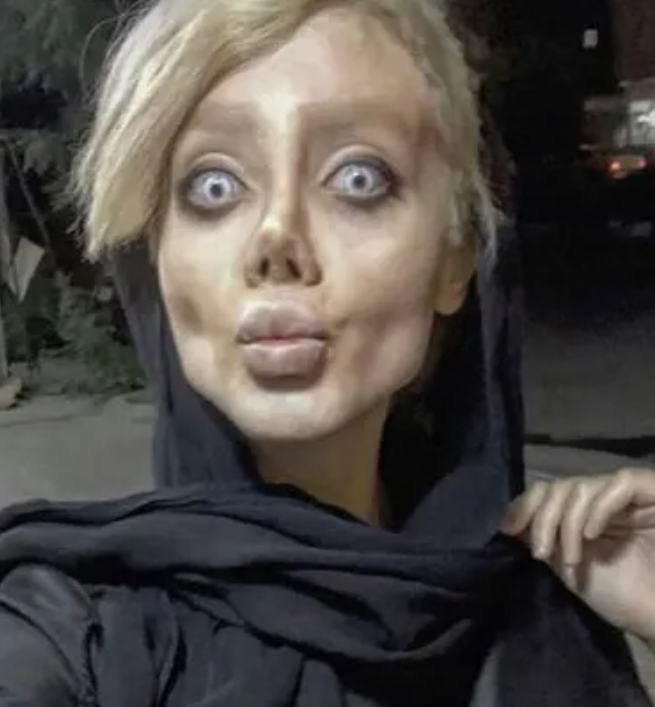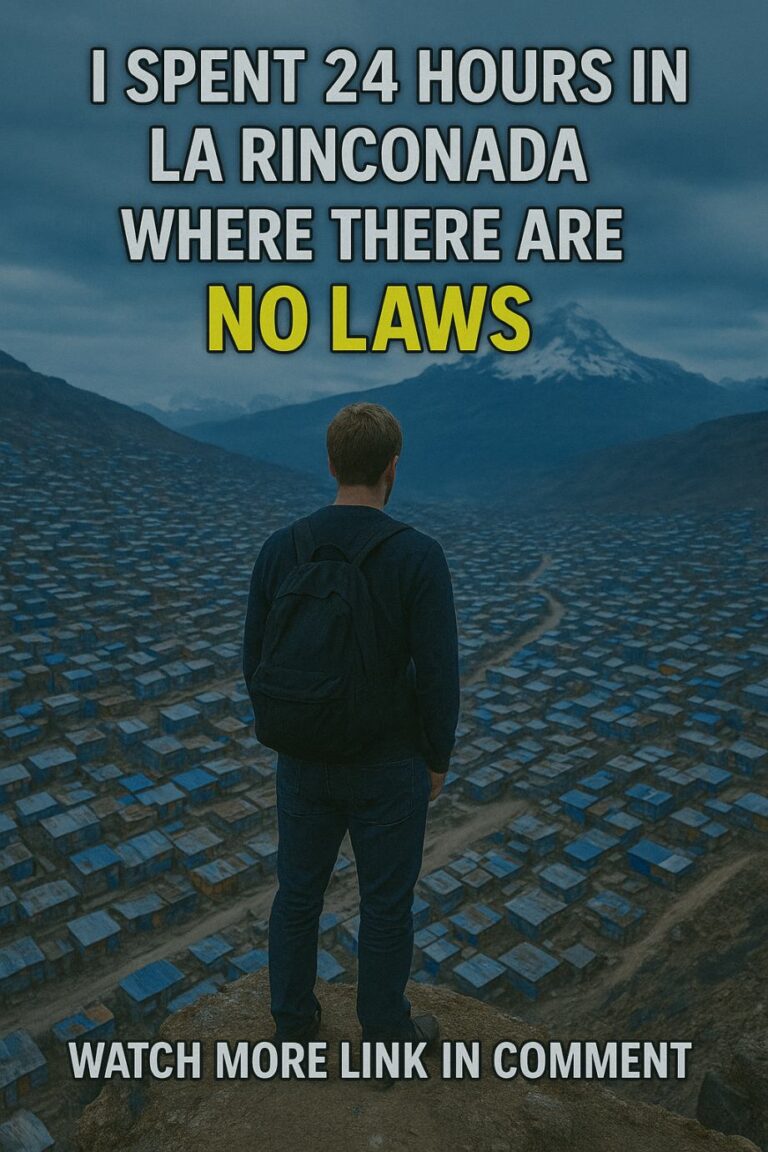Sahar Tabar, born Fatemeh Khishvand, is a young Iranian woman who gained international attention for her eerie, zombie-like images resembling actress Angelina Jolie.
Her story is a fascinating blend of social media fame, artistic expression, and legal controversy.
Rise to Social Media Fame as “Zombie Angelina Jolie”
In 2017, Sahar began posting heavily edited photos on Instagram, showcasing a gaunt, haunting appearance that led to her being dubbed the “Zombie Angelina Jolie.” She quickly amassed a significant following, with many intrigued by her unique and unsettling aesthetic.

Sahar later clarified that her look was achieved through makeup and Photoshop, describing her posts as a form of artistic expression and humor. She stated, “This is Photoshop and makeup. Every time I publish a photo, I paint my face in an increasingly funny way.”

Legal Troubles and Arrest
Sahar’s online activities eventually attracted the attention of Iranian authorities. In October 2019, she was arrested on charges including blasphemy, inciting violence, and encouraging youth corruption. Her Instagram account was subsequently deactivated.
Sentencing and Public Outcry
In December 2020, reports emerged that Sahar had been sentenced to 10 years in prison. This harsh punishment sparked international criticism and calls for her release. Iranian journalist Masih Alinejad appealed to actress Angelina Jolie to intervene, highlighting the severity of the sentence for what was essentially an artistic endeavor.

Shortly after the public outcry, Sahar was released on bail. In a television interview, she appeared without the dramatic makeup and digital alterations, revealing her natural appearance. Moreover, this interview served to debunk previous claims that she had undergone extensive plastic surgery to achieve her distinctive look.
Reflection on Artistic Expression and Freedom
How bad is pretending to be “Zombie Angelina Jolie” really? Sahar’s case shows the complex relationship between artistic expression and societal norms, particularly in restrictive environments. Her use of social media to showcase her art led to severe legal consequences, raising questions about freedom of expression and the role of digital platforms in personal creativity.
In conclusion, Sahar Tabar’s journey from social media sensation to legal defendant highlights the challenges faced by individuals who push the boundaries of conventional art forms. Her story serves as a reminder of the delicate balance between self-expression and cultural sensitivities in today’s interconnected world.




